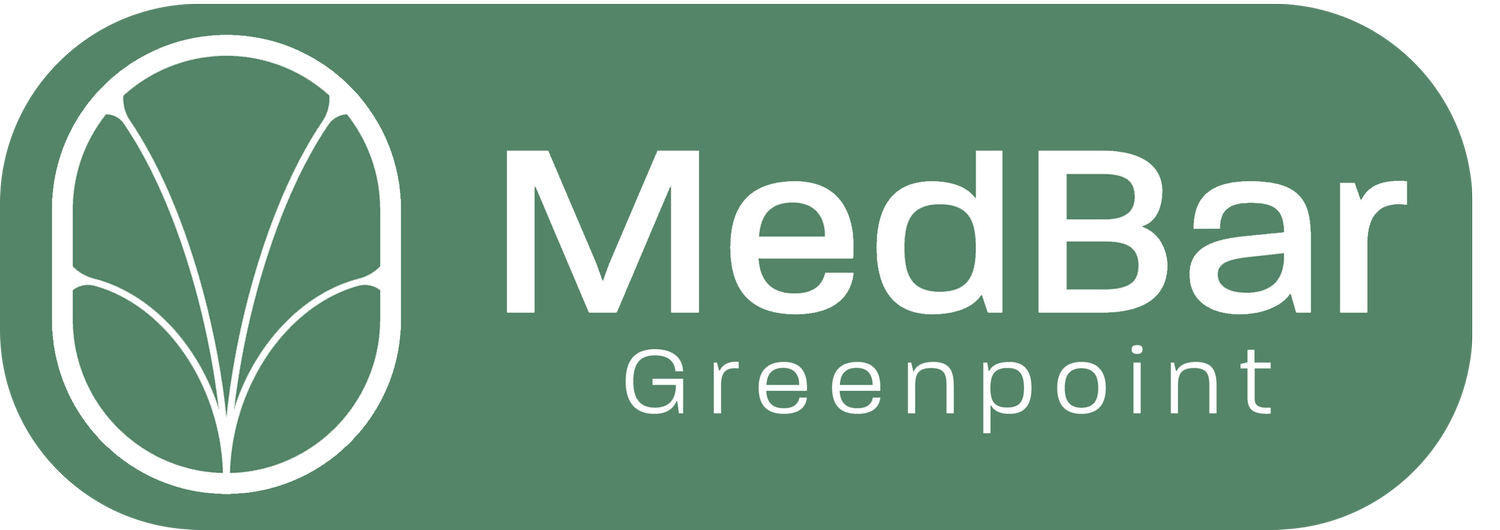Preventative Physical Therapy for Deadlifting: Ensuring Safe and Effective Lifts
Deadlifting, often dubbed the king of lifts, is a staple in strength training routines worldwide. It offers a comprehensive workout, targeting multiple muscle groups simultaneously. However, the very attributes that make deadlifting so effective can also make it potentially risky if done incorrectly. As one of the more technically demanding exercises, ensuring proper form and body mechanics is crucial. This is where preventative physical therapy (PT) steps in, offering techniques and insights to ensure that every deadlift is both powerful and safe. In this article, we explore the role of PT in preemptive care for deadlifters.
The Anatomy of a Deadlift
To understand the role of PT, it’s crucial to grasp what’s at stake during a deadlift. The primary muscles involved include the glutes, hamstrings, lower back, traps, and core. The spine, especially the lumbar region, plays a pivotal role in maintaining stability. Any misalignment or improper technique can strain these areas, leading to potential injury.
Physical Therapy’s Proactive Role
Form Optimization: One of the foundational benefits of PT is technique assessment. A physical therapist can observe your deadlift motion, offering corrections to ensure optimal spine alignment and force distribution.
Addressing Muscle Imbalances: A disproportionate strength in muscle groups can lead to poor lifting mechanics. PTs can pinpoint these imbalances and suggest targeted exercises to promote balanced strength development.
Enhancing Mobility: Restricted hip or ankle mobility can affect deadlift posture. PTs can guide individuals through specific stretches and mobility exercises to enhance these crucial ranges of motion.
Core Conditioning:C A strong core isn’t just about abs; it’s vital for stabilizing the spine during a deadlift. PTs can introduce exercises to strengthen the entire core, ensuring robust spinal support.
Educating on Lift Variations: Depending on an individual’s anatomy and mobility, certain deadlift variations might be more appropriate. PTs can provide insights on sumo, conventional, or hex bar deadlifts, ensuring the chosen style aligns with one's unique needs.
Recovery and Rehabilitation
Beyond the lift itself, PT emphasizes post-lift care:
Soft Tissue Therapies: Methods such as foam rolling or instrument-assisted techniques can alleviate muscle tightness and improve tissue health.
Dynamic Cooling Down: After deadlifting, dynamic stretches and mobility exercises can help in muscle recovery and lactic acid dispersion.
Guidance on Frequency: PTs can advise on optimal lifting frequencies, ensuring muscles have adequate recovery time.
Injury Red Flags and Intervention
A crucial aspect of preventative PT is educating individuals on recognizing the early signs of potential injury. Whether it’s a recurring lower back twinge or hamstring tightness, early intervention can prevent these minor issues from escalating into debilitating injuries.
Conclusion
The deadlift, while immensely rewarding, demands respect. It requires a combination of strength, technique, and body awareness. By incorporating preventative physical therapy into one's training routine, deadlifters can ensure they’re not just lifting heavy but lifting smart. As you strive for that next personal record, let PT guide you, ensuring every lift is a testament to both power and impeccable form.
